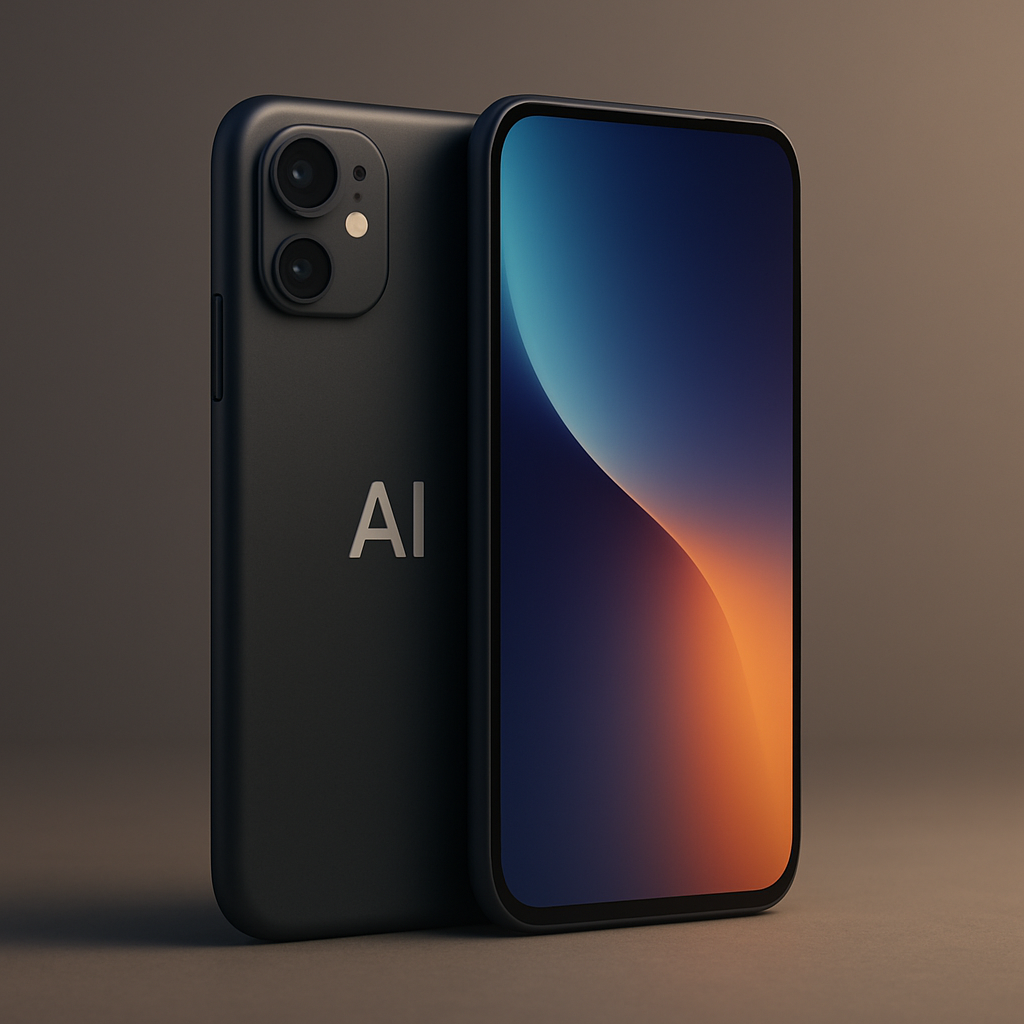
What happens when the genius behind the iPhone joins the company reshaping AI? You get a revolution that could make screens obsolete.
OpenAI’s $6.5 billion acquisition of io—Jony Ive’s stealth startup—isn’t just big news. It’s the moment artificial intelligence finally gets its design awakening. While everyone’s been obsessing over chatbots and software, these two are building something entirely different: AI hardware that feels human.
The Dream Team
Ive isn’t going solo. He’s bringing Apple’s greatest hits:
- Scott Cannon (Mac and iPad legend)
- Evans Hankey (Ive’s successor at Apple)
- Tang Tan (iPhone design mastermind)
55 engineers and designers total—the same DNA that created the most beloved devices in history, now laser-focused on AI’s next chapter.
Why does this change everything
For years, AI has been trapped in screens and apps. But Ive and OpenAI are thinking bigger: ambient intelligence that disappears into your life. Less tapping, more talking. Less staring at screens, more natural interaction.
Think Her, not iPhone 2.0.
This isn’t about making phones smarter; it’s about redefining what computers can be: voice-native, context-aware, emotionally intelligent hardware that responds to how you actually live.
The ripple effect
Apple’s playing catch-up in AI while OpenAI just hired their former design gods. The pressure is mounting, and that means everyone wins. When tech titans compete, innovation accelerates.
First products drop in 2026; but the future just got closer.
The Bottom Line
- $6.5B merger creates AI’s first true design powerhouse
- Focus: post-screen, ambient intelligence devices
- Apple’s former design legends now work for OpenAI
- Target: 2026 launch for revolutionary AI hardware
- Result: The entire industry will have to keep up
The quiet AI revolution just got loud, and with the move Google made with Gemini and this news dropping it is going fast….

